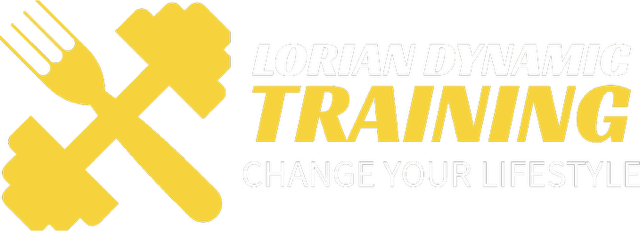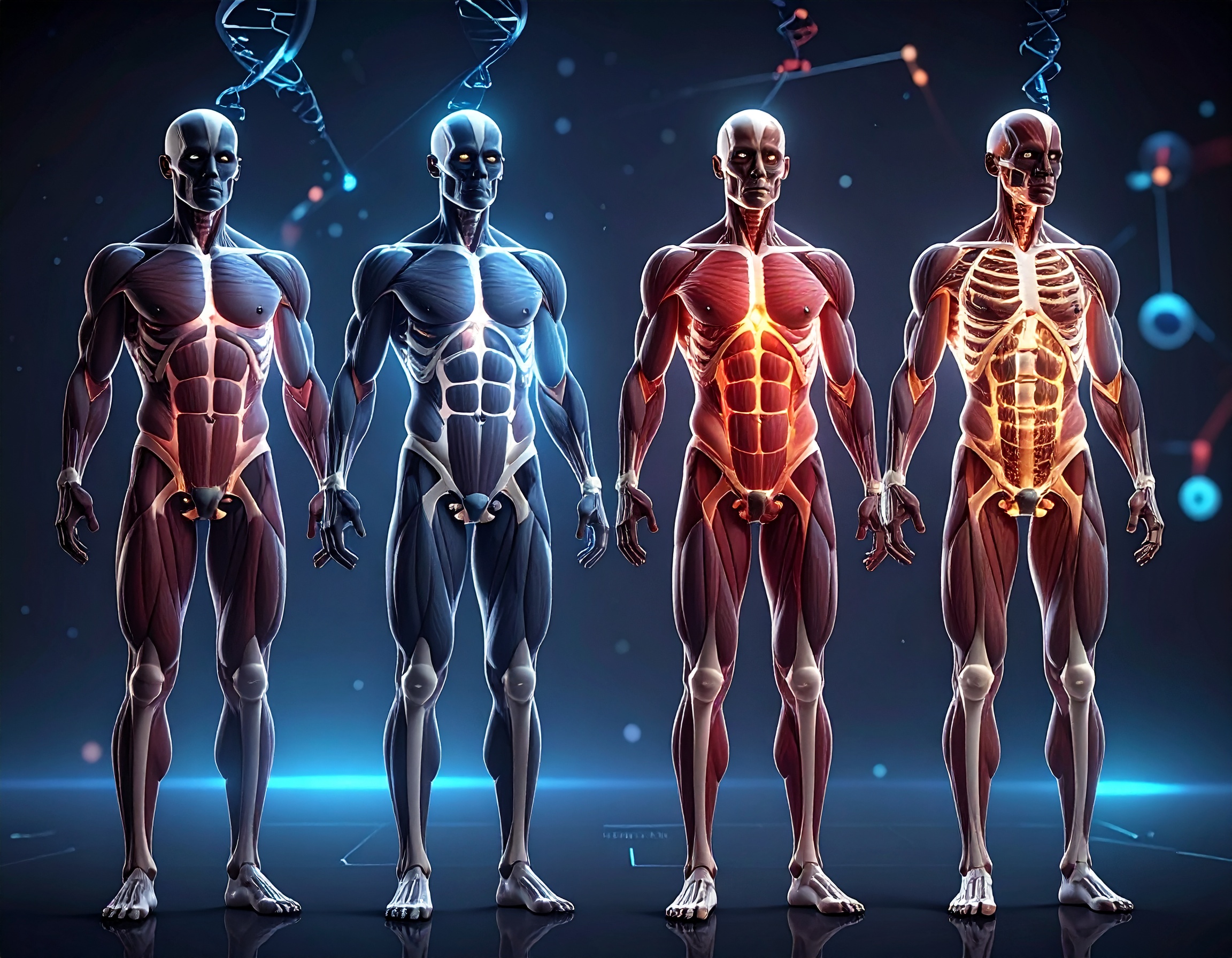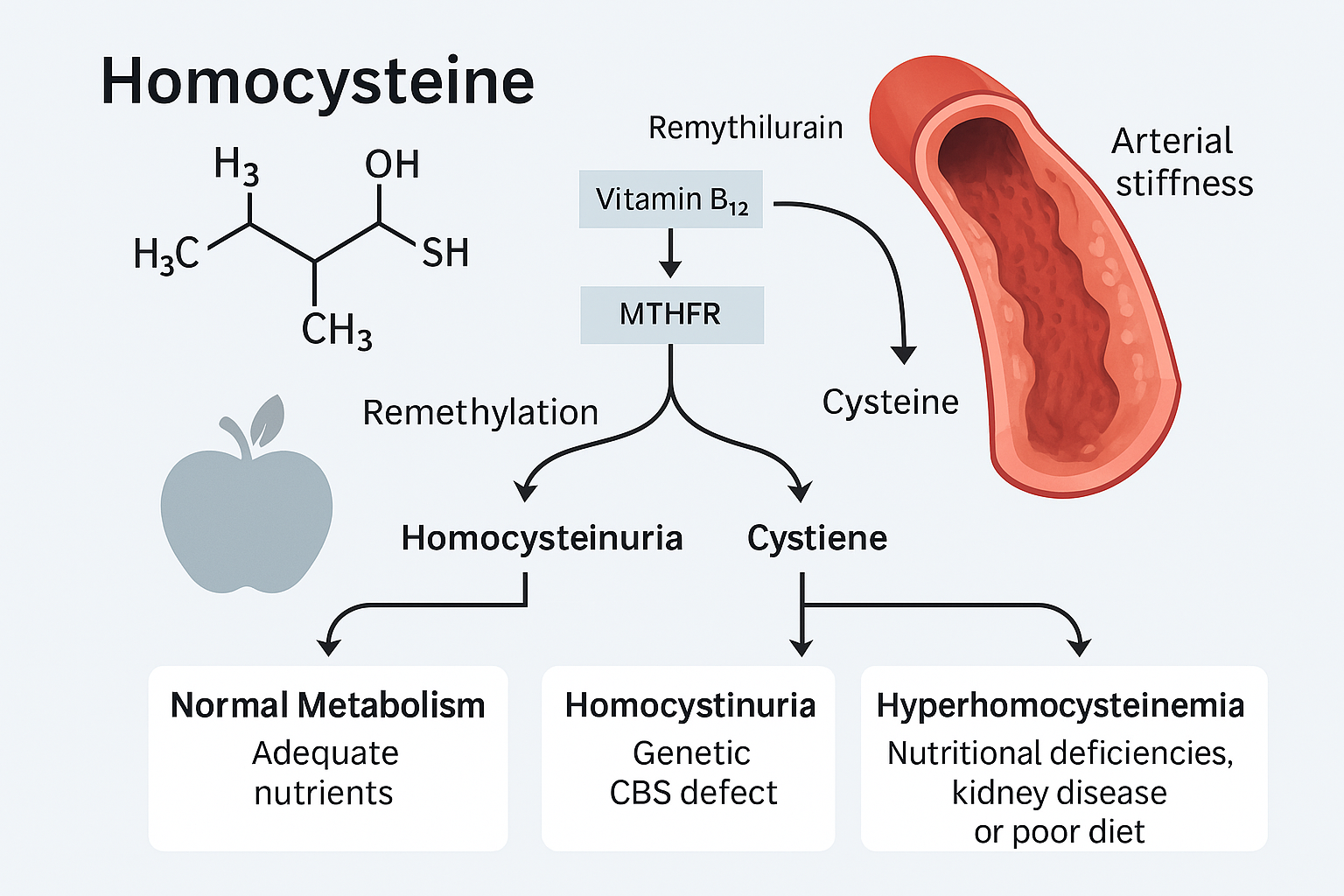Understanding Human Somatotypes: A Detailed Guide to Body Types
Introduction
The concept of somatotypes, or human body types, was developed in the 1940s by American psychologist Dr. William H. Sheldon. He proposed that all humans could be categorized into three primary physique types: ectomorph, mesomorph, and endomorph. While modern science has evolved beyond strict somatotype classification, it remains a useful framework for understanding body structure, athletic potential, and nutritional strategies.
1. Ectomorph
Physical Traits:
– Slim, narrow frame
– Small shoulders and hips
– Long limbs and fingers
– Low fat and muscle mass
– Fast metabolism
Strengths:
– Can consume more calories without gaining fat
– Naturally lean physique
Challenges:
– Difficulty gaining muscle (“hardgainer”)
– Needs more recovery between intense workouts
Training Tips:
– Focus on heavy compound exercises (e.g., squats, deadlifts, presses)
– Limit cardio to preserve energy and muscle
– Increase caloric intake with nutrient-dense foods
2. Mesomorph
Physical Traits:
– Athletic, muscular build
– Broad shoulders, narrow waist
– Naturally strong with good posture
– Gains muscle and strength easily
– Moderate metabolism
Strengths:
– Responds quickly to training
– Can maintain a lean and muscular look with balanced effort
Challenges:
– Can become overconfident and neglect diet or training consistency
Training Tips:
– Combine strength training with hypertrophy (8-12 reps)
– Moderate cardio (2-3 times/week) for conditioning
– Balanced macronutrient intake
3. Endomorph
Physical Traits:
– Soft and round body
– Wider waist and hips
– Tends to store fat easily
– Gains muscle and fat quickly
– Slower metabolism
Strengths:
– Gains strength and muscle mass with minimal training
Challenges:
– Struggles with fat loss
– Needs higher attention to nutrition and cardio
Training Tips:
– Emphasize fat-burning cardio (HIIT or steady-state)
– Strength training with high volume and short rest periods
– Low-carb, high-protein diet may be beneficial
Somatotype Comparison Table
| Somatotype | Physical Traits | Strengths | Challenges | Training Focus | Nutrition Strategy |
| Ectomorph | Slim, narrow frame; long limbs; fast metabolism | Naturally lean; burns fat quickly | Hard to gain muscle; needs more recovery | Heavy compound lifts; low cardio | High-calorie, nutrient-dense diet |
| Mesomorph | Athletic build; broad shoulders; gains muscle easily | Builds muscle quickly; athletic | May neglect diet/training consistency | Strength + hypertrophy; moderate cardio | Balanced macronutrients |
| Endomorph | Soft, round body; stores fat easily; slower metabolism | Strong; gains muscle and strength easily | Struggles to lose fat; needs strict nutrition | High-volume training; cardio emphasis | Low-carb, high-protein diet |
Combination Body Types
Most people are not purely one body type. Instead, they fall somewhere on a spectrum. Understanding your dominant and secondary traits can help refine training and nutrition plans. Here are some common combinations:
Ecto-Mesomorph:
– Traits: Lean build with some muscular development, small waist, broad shoulders.
– Training Focus: Balanced strength training with progressive overload; moderate to high calorie intake.
Meso-Endomorph:
– Traits: Strong and naturally muscular, but stores fat more easily, especially in the midsection.
– Training Focus: Strength and hypertrophy with consistent cardio and tight dietary control.
Endo-Ectomorph:
– Traits: Slim limbs but with a tendency to store fat in the abdomen or lower body.
– Training Focus: Circuit training with fat-burning cardio and clean eating.
Conclusion
Understanding somatotypes provides a helpful lens to assess your natural physique, training response, and dietary needs. While not a fixed rule, recognizing your body type can help tailor a more effective fitness and lifestyle approach. Always remember, consistent training, proper nutrition, and adequate recovery are the key elements to achieving long-term health and physique goals.
References
Sheldon, W. H. (1940). The Varieties of Human Physique.
McArdle, W.D., Katch, F.I., & Katch, V.L. (2015). Exercise Physiology: Nutrition, Energy, and Human Performance.
National Academy of Sports Medicine (NASM)



